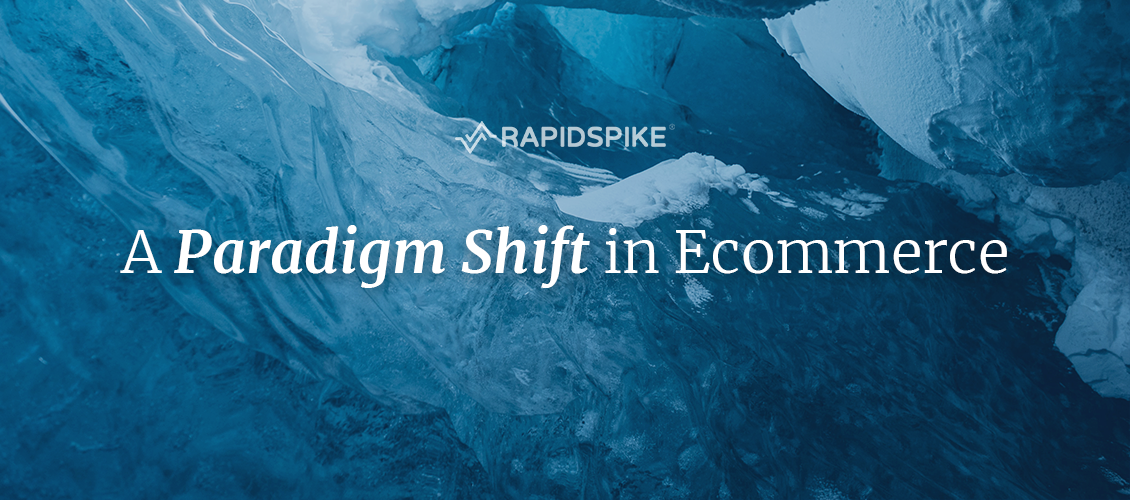The COVID-19 pandemic has created some incredible challenges to our daily lives but what will be the wider long term impacts on our future society, and how we go about our every day?
With people self-isolating, working from home and away from other people, the key winners in this crisis will be those who provide products and services without needing to come into physical contact with their customers.
Demand has increased for remote-work services like Google, Zoom, Slack, Microsoft Teams, and streaming services like Netflix and Disney+. The Call of Duty player count reached 50 million much quicker than expected, and social media – well, that’s gone totally crazy. But what about the real economy? What is the real effect on goods and services?
Let’s look at some statistics provided by the Adobe Digital Economy Index 2020 which analyzes trillions of online transactions across 100 million products in 18 categories. They compared a couple of similar weeks, pre and post lockdown:
- 33% increase in UK ecommerce daily sales
- 25% increase in US ecommerce daily sales
- Digital purchasing power has increased by 20%
- Computers and monitors have seen a 40% increase in average daily sales
- Fitness equipment has seen a 55% increase
We can also look at a larger period 1st January-11th March 2020, which covers some of the traditional ‘prepper’ type purchases:
- Non-perishables increased by 87%
- Virus protection products (gloves, masks, sanitizer, etc.) increased by a huge 807%
- Over-the-counter cold/flu drugs increased by 217%
Overall this equates to increased online shopping of 31-42%, according to the Engine Group. This is a huge uptick in sales – but will it stick?
It’s to be expected that in the early days of lockdown ecommerce platforms would experience a huge boost. Coupled with parcel delivery services, online retail offers the benefit of 24/7 opening hours and no risk to the consumer. When the situation does eventually improve, these gains are likely to continue thanks to entrenched shifts in consumers’ buying habits.
People have started using services they wouldn’t normally use, find it convenient so their buying habits change. Social distancing isn’t changing anytime soon, even when we are allowed out of our houses, and even when social distancing relaxes, being cautious will have become a habit which means the micro-actions of our society will cause a monumental shift.
People will be less likely to want to visit busy shopping centers in the medium term and those who are confident will learn to shop online as the default, not as an alternative. Businesses will also pop up to take advantage of the new normal, traditional sellers will be forced to move online or perish. Shopping experiences will move to voice, as there will be fewer people willing to touch centralised screens.
This is a continuation, and indeed a huge acceleration of a trend already in progress. It’s been widely reported in recent years that many high street brands were struggling and that ecommerce was seeing a huge amount of growth. In 2017 Nasdaq predicted that by 2040 consumers will make 95% of purchases online.
This prediction is likely to accelerate as companies will have seen the damages not being fully prepared for a shift in consumer behaviour. This shift will push forward the need to transform their businesses, not only that but improve everything about their online presence.
We will see governments have to extend and improve their own digital networks as bandwidth is consumed, and with that, the increases to power output will need to be assessed as there will be no desire to consume more power than required so potentially people will need to have their online platforms assessed for their environmental viability.
Digital Customer Experience will become ‘the’ battleground for businesses seeking to improve their online presence and their supply chains. The move online comes with other benefits – small ‘local’ firms will find themselves opened up to global markets. Once short term protectionism goes away it will launch a new age of global consumerism where the best Digital Customer Experience wins.
One thing is for certain, however – the rules of engagement will not change. Consumers will remain impatient. If you think a queue is a problem in a shop, consider performance targets for ecommerce sites: a 3-second wait is the yardstick every ecommerce business is judged on, it’s the point where you lose the most amounts of customers, and between 2-3 seconds is where you can win the most amount of new business. Let’s look at some well-accepted facts from a Google study:
- 1-second delay reduces page views by 11%.
- 1-second delay decreases customer satisfaction by 16%.
- 1-second delay eats away 7% of the coveted conversion rate.
- 1-3 seconds in loading time see a very low bounce rate probability – only 32%.
- Add 1 second more to that and the chance for users to bounce triples, reaching 90%.
- On an annual basis, 1 second delay can lead to £1 million in missed revenue if your shop generates £50,000 per day.
Sites will need to be fast, reliable, and secure. Slow sites simply won’t be able to compete, poor user experience will rapidly lose customers and the threat of data loss is ever increasing. With more activity online, this will draw more crime online, in fact, online crime has increased dramatically by 2021 damages will be around $6 billion which is double the cost of 2015. You need a multilayered approach to protecting your online assets, your customers’ data, and most importantly your reputation.
This is a paradigm shift in behavior that will lead to more online ecommerce that will drive a huge amount of digital transformation and make digital customer experience important for ALL businesses, regardless of industry. You need to ensure you put your customer first and give them the digital customer experience they need, really fast, really reliable, and really secure which will give your company the chance to succeed.






